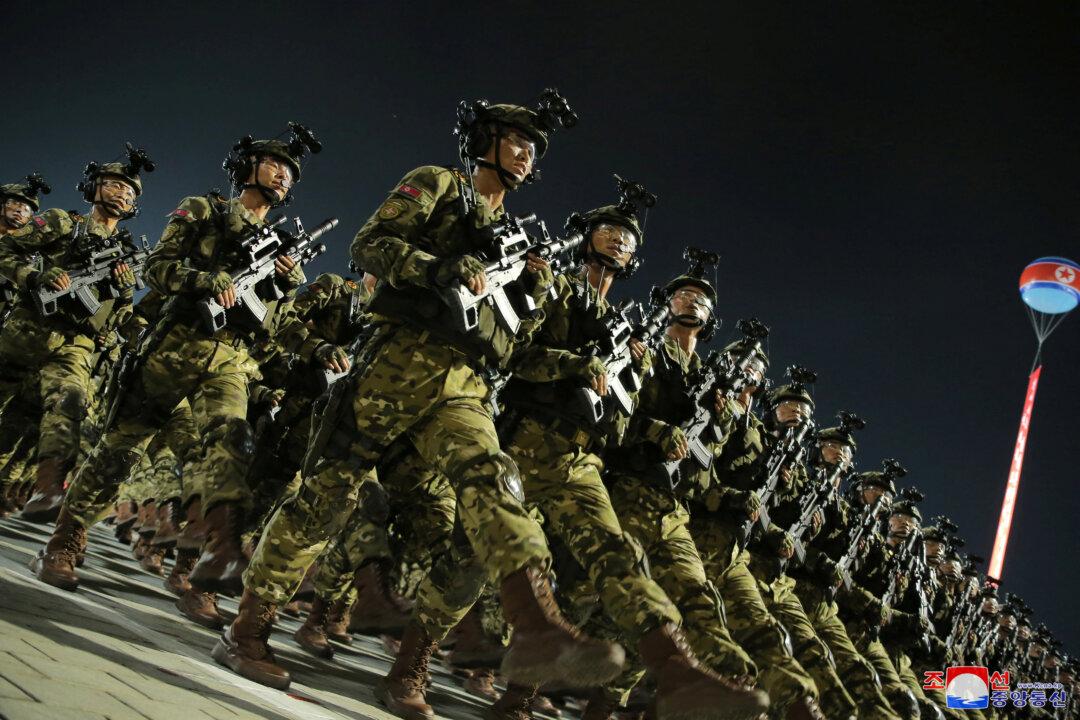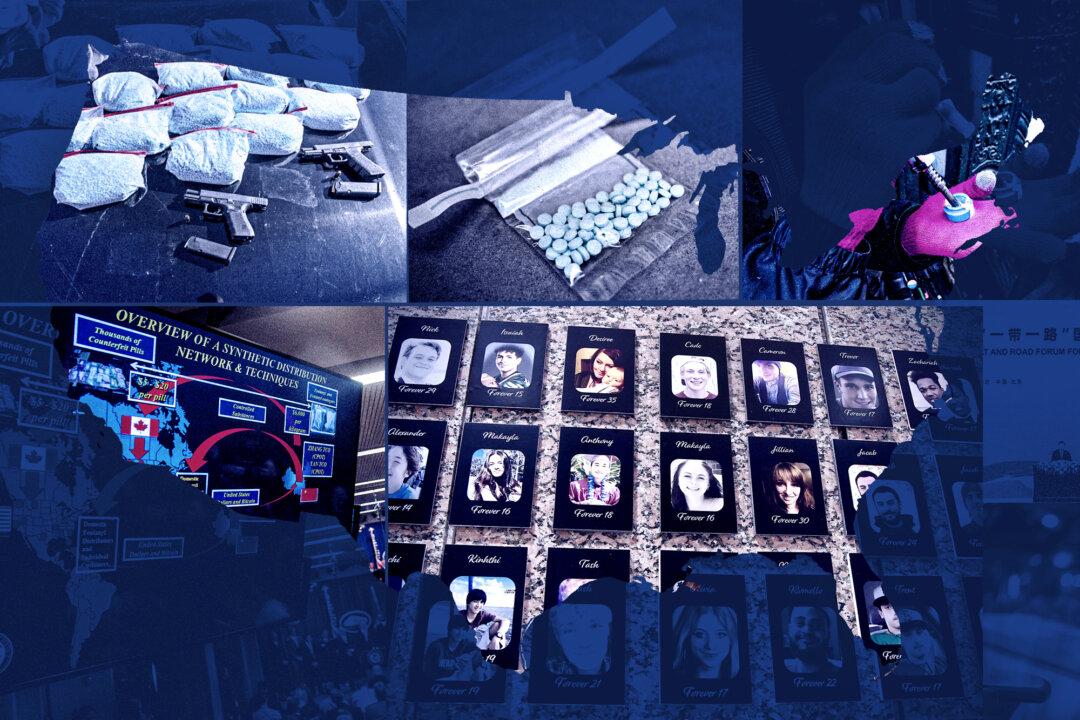The outbreak of Wuhan coronavirus is far bigger than the official figures released by Chinese public health authorities who cover up the severity by limiting the number of diagnosis kits to Wuhan hospitals, according to an insider and an independent journalist.
The insider and the independent journalist both say that diagnosis kits are only provided to certain “qualifying hospitals” and in very limited quantities. Medical personnel at these hospitals have said that the number of kits they are supplied is less than 10 percent of what they need to test patients.
Limited Supply of Diagnosis Kits
The insider who spoke to the Chinese-language Epoch Times on Jan. 24 said by controlling the number of available diagnosis kits, China’s Center for Disease Control (CDC) is able to put an upper limit on the confirmed cases every day.“Initially, there were several days in a row when there was not a single confirmed patient with Wuhan pneumonia. But when other countries identified patients among people [traveling] from China, the CDC was forced to increase its reported cases. That explains why all of a sudden China reported more than one hundred newly confirmed cases in a couple days. They are manipulating the tally. The real number of patients is far greater,” he said.
He further explained that another reason for the CDC’s reluctance to provide diagnosis is that, when a patient is confirmed as having been infected with the coronavirus, he or she will be able to receive free treatment. The government will then pay for their treatment, he said.
Furthermore, some hospitals are not well-equipped to protect their medical personnel from contagious diseases, and many medical staff have been infected with the virus, according to the insider.
“Even these medical personnel seeking treatment are rejected by qualifying hospitals. Some are currently receiving treatment at relatively low grade hospitals,” he said.
In addition, the hospitals that are qualified to perform tests try to select those patients whose symptoms are mild for diagnosis.
Wuhan Faces Four Major Problems
Significant People, an independent WeChat publication, pointing out in a recent article that Wuhan is facing four major problems—a limited number of diagnosis kits, patients with symptoms have difficulty getting tested, severe shortage of hospital beds, and undiagnosed virus carriers traveling around.WeChat is a Facebook-like social media that is popular among Chinese Internet users.
The article cited a company’s internal disease control report distributed to its employees on Jan. 22, which states: “One of our employees, Zhang Xin, and his father, both have symptoms characteristic of Wuhan pneumonia. Tongji Hospital refused to accept them, saying, ‘We don’t have a diagnosis kit, and we don’t accept patients who are not confirmed through diagnosis.’ As a result, Zhang and his father did not receive any treatment. They are now staying home.”
Wuhan First Hospital, No. 6 Hospital of Wuhan, Wuhan Red Cross Hospital, and Wuhan Pulmonary Hospital are designated hospitals for the treatment of Wuhan pneumonia, but they are all rejecting patients due to insufficient supply of diagnosis kits, according to the article from Significant People.
“Those who have been chosen to go through the diagnosis are ‘lottery winners’ in the eyes of other patients,” the article said.
It further revealed that in another city of Hubei Province, a designated hospital received their first batch of diagnosis kits on the afternoon of Jan. 22, but the number received was less than 10 percent of patients needing to be tested. Meanwhile, in Xianning, a city close to Wuhan, a designated hospital has not received any diagnosis kits yet.
Moreover, the hospitals qualified to perform diagnosis are now sending away people who ask for a diagnosis test.
A patient named Huang Zijie believed he may have been infected and went to seek treatment at Jinyintan Hospital, one of the qualifying hospitals. The hospital staff told him they only accept patients who had been diagnosed, but refused to test him, Significant People reported.
The Chinese-language Epoch Times called Jinyintan Hospital to inquire about the hospital’s current guidelines for accepting patients. A hospital staff stated that the hospital now only accepts patients who were selected and approved by the Wuhan Health Commission.
“Any patients who want to seek treatment in our hospital will have to communicate with Wuhan Health Commission,” he said.
Chinese state media have previously reported that by Jan. 16, Pfizer had supplied 50,000 to 60,000 diagnosis kits to different cities, and Shanghai-based Geneodx produced 75,000 additional kits. Altogether, there should be more than 100,000 kits available.





